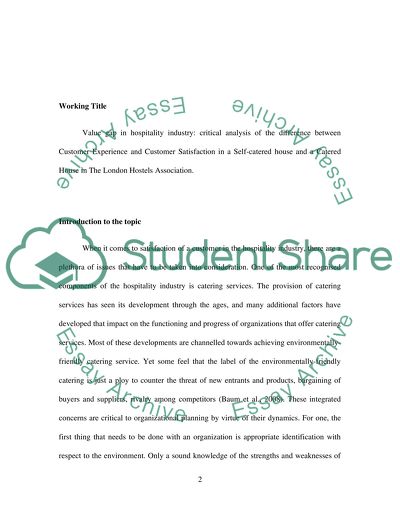Cite this document
(“Value gap in hospitality industry: critical analysis of the difference Essay”, n.d.)
Retrieved from https://studentshare.org/family-consumer-science/1410740-value-gap-in-hospitality-industry-critical
Retrieved from https://studentshare.org/family-consumer-science/1410740-value-gap-in-hospitality-industry-critical
(Value Gap in Hospitality Industry: Critical Analysis of the Difference Essay)
https://studentshare.org/family-consumer-science/1410740-value-gap-in-hospitality-industry-critical.
https://studentshare.org/family-consumer-science/1410740-value-gap-in-hospitality-industry-critical.
“Value Gap in Hospitality Industry: Critical Analysis of the Difference Essay”, n.d. https://studentshare.org/family-consumer-science/1410740-value-gap-in-hospitality-industry-critical.


